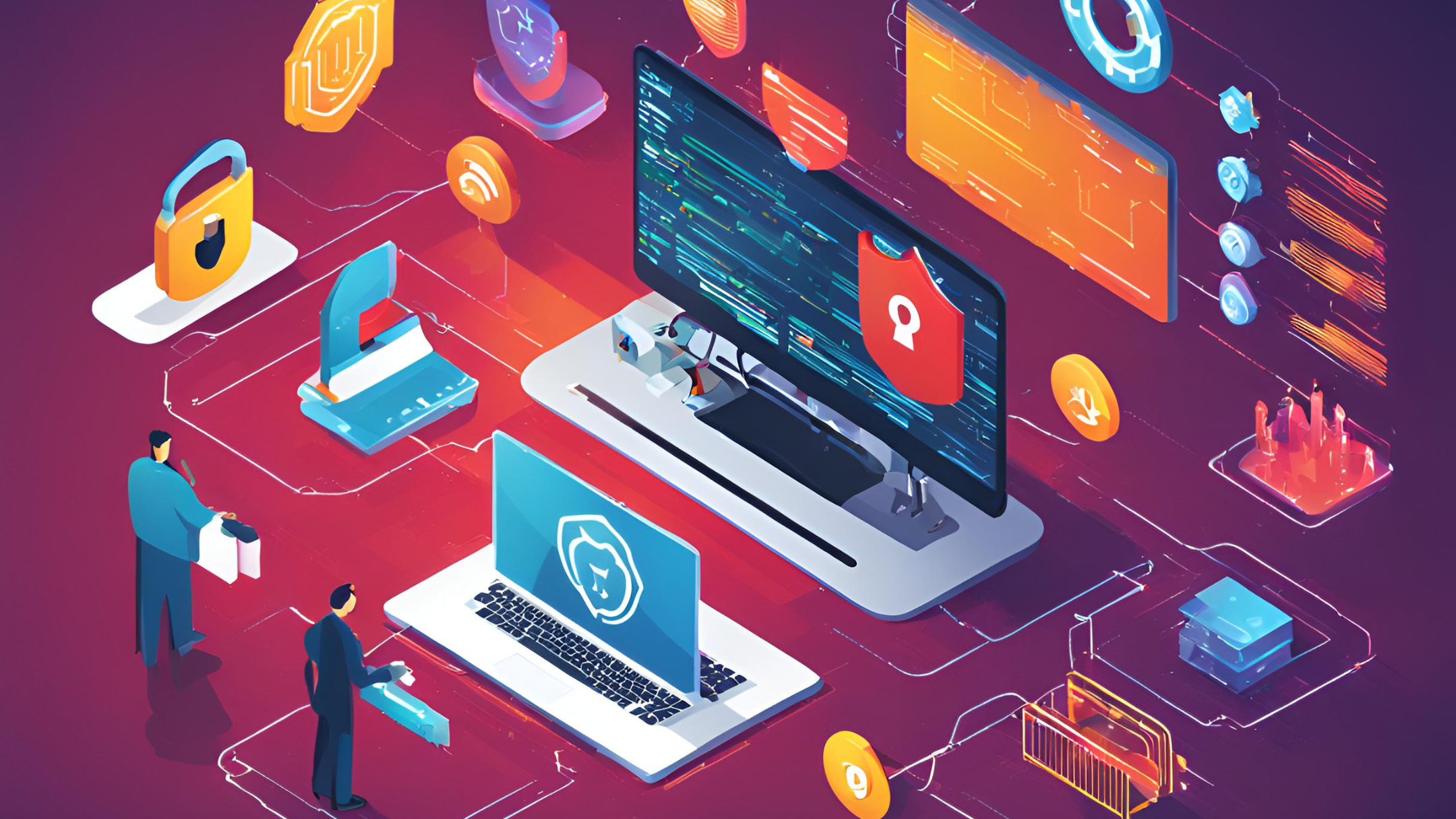Understanding Modern Cloud Solutions: IaaS, PaaS, SaaS and Serverless

In today’s rapidly evolving digital landscape, businesses of all sizes are leveraging cloud computing to drive innovation, reduce operational overhead, and scale quickly. With a variety of cloud service models available, each designed to meet different needs, it can be challenging to determine which one best aligns with your organization’s goals. In this article, we’ll explore four primary cloud paradigms—from the foundational Infrastructure as a Service (IaaS) to the highly abstracted serverless computing model. We’ll examine their key characteristics, compare their benefits and limitations, and highlight the important considerations you should keep in mind when choosing the right cloud solution.
Infrastructure as a Service (IaaS)
Infrastructure as a Service (IaaS) is the most fundamental cloud service model. With IaaS, organizations rent virtualized computing resources such as servers, storage, and networking from a cloud provider. This approach allows businesses to bypass the cost and complexity of purchasing and maintaining physical hardware while still retaining a high level of control over their IT environments.
Key characteristics of IaaS:
- Complete control: Users manage the operating systems, storage, and applications, while the provider is responsible for the physical infrastructure.
- Scalability: Resources can be scaled up or down as needed, making it ideal for workloads that fluctuate.
- Cost efficiency: The pay-as-you-go pricing model helps organizations avoid large capital expenditures on hardware.
- Customization: IaaS provides the flexibility to build custom environments tailored to specific performance, security, and compliance needs.
When to use IaaS:
- Custom solutions: When your application requires a unique configuration that can’t be accommodated by more managed solutions.
- Large-scale applications: For applications that need significant resources and scalability.
- Disaster recovery and backup: IaaS can serve as an integral part of a robust disaster recovery strategy, enabling quick recovery by leveraging virtualized resources.
Platform as a Service (PaaS)
Building on the infrastructure foundation, Platform as a Service (PaaS) provides a complete development and deployment environment in the cloud. PaaS offers not only the underlying hardware but also the software tools and libraries required for application development, testing, and deployment. This model allows developers to focus on writing code and developing features, without worrying about managing servers, middleware, or runtime environments.
Key characteristics of PaaS:
- Development tools and frameworks: Includes preconfigured environments, libraries, and tools that accelerate application development.
- Managed infrastructure: While the provider handles the underlying hardware and operating systems, developers retain control over application logic.
- Integrated services: Often comes bundled with databases, messaging systems, caching, and other services that simplify the development process.
- Rapid deployment: PaaS streamlines the build-test-deploy cycle, enabling faster time-to-market.
When to use PaaS:
- Rapid application development: Ideal for projects where speed is critical, and the focus is on delivering functionality quickly.
- Modernizing legacy systems: PaaS environments can help transform traditional applications into more scalable, cloud-native solutions.
- Reduced operational overhead: If you want to minimize the burden of managing infrastructure while maintaining a customizable development environment, PaaS is an excellent choice.
Software as a Service (SaaS)
Software as a Service (SaaS) takes abstraction a step further by delivering fully functional, ready-to-use software applications over the internet. In the SaaS model, the cloud provider hosts, manages, and updates the software, while end users access it via a web browser or API. This model eliminates the need for organizations to install, manage, or upgrade applications on their own hardware.
Key characteristics of SaaS:
- Ease of access: SaaS applications are accessible from any device with an internet connection.
- Subscription-based pricing: Most SaaS solutions operate on a subscription model, bundling licensing, support, and regular updates into one predictable cost.
- Zero maintenance for users: The provider handles updates, security patches, and infrastructure management, allowing users to focus solely on using the software.
- Scalability: SaaS solutions are designed to serve a growing user base without requiring additional infrastructure investments from the customer.
When to use SaaS:
- Business applications: From customer relationship management (CRM) and enterprise resource planning (ERP) systems to collaboration and communication tools, SaaS solutions are ideal for a wide range of business needs.
- Quick deployment: When you need to deploy a fully functional application quickly without the hassle of installation and maintenance.
- Cost savings for SMBs: Small and medium-sized businesses can leverage SaaS to access sophisticated applications at a lower upfront cost compared to traditional software licensing.
Serverless computing
At the highest level of abstraction is Serverless computing. Despite its name, serverless computing does not eliminate servers; rather, it abstracts server management entirely. In a serverless model, developers write individual functions that execute in response to events. The cloud provider handles all the server provisioning, scaling, and management, allowing developers to concentrate solely on code.
Key characteristics of Serverless computing:
- Event-driven execution: Functions are triggered by events such as HTTP requests, database changes, or file uploads.
- Pay-As-You-Go: You pay only for the exact compute time your code consumes, which can lead to cost savings for variable workloads.
- Automatic scaling: The platform automatically scales up or down based on the number of events, ensuring optimal performance during peak times.
- Minimal operational overhead: There is no need to manage servers or runtime environments, which significantly reduces the administrative burden on developers.
When to use Serverless:
- Microservices architectures: Serverless computing is well-suited for breaking down applications into small, independent functions that can be managed and scaled individually.
- Variable or spiky workloads: For applications with unpredictable or infrequent traffic, serverless ensures you only pay for what you use.
- Rapid prototyping and experimentation: It is an ideal environment for quickly testing ideas without committing to long-term infrastructure investments.
Comparing the Cloud Models
While IaaS, PaaS, SaaS, and serverless computing all fall under the umbrella of cloud computing, each offers different levels of control, flexibility, and abstraction. Here’s a quick comparison to help clarify their differences:
- Control vs. Convenience:
- IaaS offers the most control over your environment, ideal for custom configurations and large-scale applications.
- PaaS provides a balanced environment where developers can focus on building applications without managing underlying hardware.
- SaaS is geared toward end users who need ready-to-use applications with minimal setup.
- Serverless abstracts server management completely, allowing developers to write code that responds to events without worrying about infrastructure.
- Cost structure:
- IaaS typically uses a pay-as-you-go model for virtualized resources.
- PaaS pricing often bundles various services, which can accelerate development but may vary with usage.
- SaaS generally operates on a subscription model, offering predictable costs.
- Serverless charges based on actual compute time, making it highly cost-effective for sporadic workloads.
- Use case suitability:
- IaaS is best for organizations needing complete control and custom configurations.
- PaaS shines in environments that demand rapid development and streamlined deployment.
- SaaS fits scenarios where a turnkey solution is preferable.
- Serverless is ideal for event-driven architectures and applications with fluctuating demands.
Key considerations for choosing the right model
When selecting a cloud service model, consider the following factors:
- Control vs. Convenience: Evaluate how much control you require over your environment. If you need full control, IaaS might be the best option, while organizations seeking ease of use might lean toward SaaS or serverless.
- Development speed and agility: If rapid development and deployment are critical, PaaS and serverless models allow you to focus on coding rather than managing infrastructure.
- Cost implications: Analyze your workload patterns. Serverless can be very cost-effective for variable workloads, whereas IaaS may provide better value for consistent, high-usage scenarios.
- Scalability requirements: Determine your expected growth. Cloud models like IaaS and serverless computing offer robust scalability to handle increased demand.
- Security and compliance: Consider your organization’s security needs. While SaaS and PaaS providers often offer robust built-in security measures, IaaS gives you the flexibility to implement custom security policies.
- Legacy systems and integration: Assess how well the cloud model integrates with your existing systems. In some cases, a hybrid approach that leverages multiple models may be the most effective solution.
Conclusion
The cloud offers a spectrum of service models that cater to different business needs and technical requirements. Starting from the foundational level, Infrastructure as a Service (IaaS) provides the raw building blocks for IT environments, offering unmatched control and customization. Platform as a Service (PaaS) builds on this foundation by offering a ready-to-use environment that accelerates development and deployment. Software as a Service (SaaS) takes abstraction further by delivering fully managed applications directly to end users, while serverless computing represents the pinnacle of abstraction—allowing developers to write code that responds to events without any concern for the underlying servers.
By understanding the differences between IaaS, PaaS, SaaS, and serverless computing, organizations and developers can make informed decisions that balance control, cost, scalability, and operational efficiency. Whether you’re looking to build custom solutions, rapidly develop new applications, or deploy ready-to-use software, selecting the right cloud model can be a game-changer in today’s competitive digital landscape.
